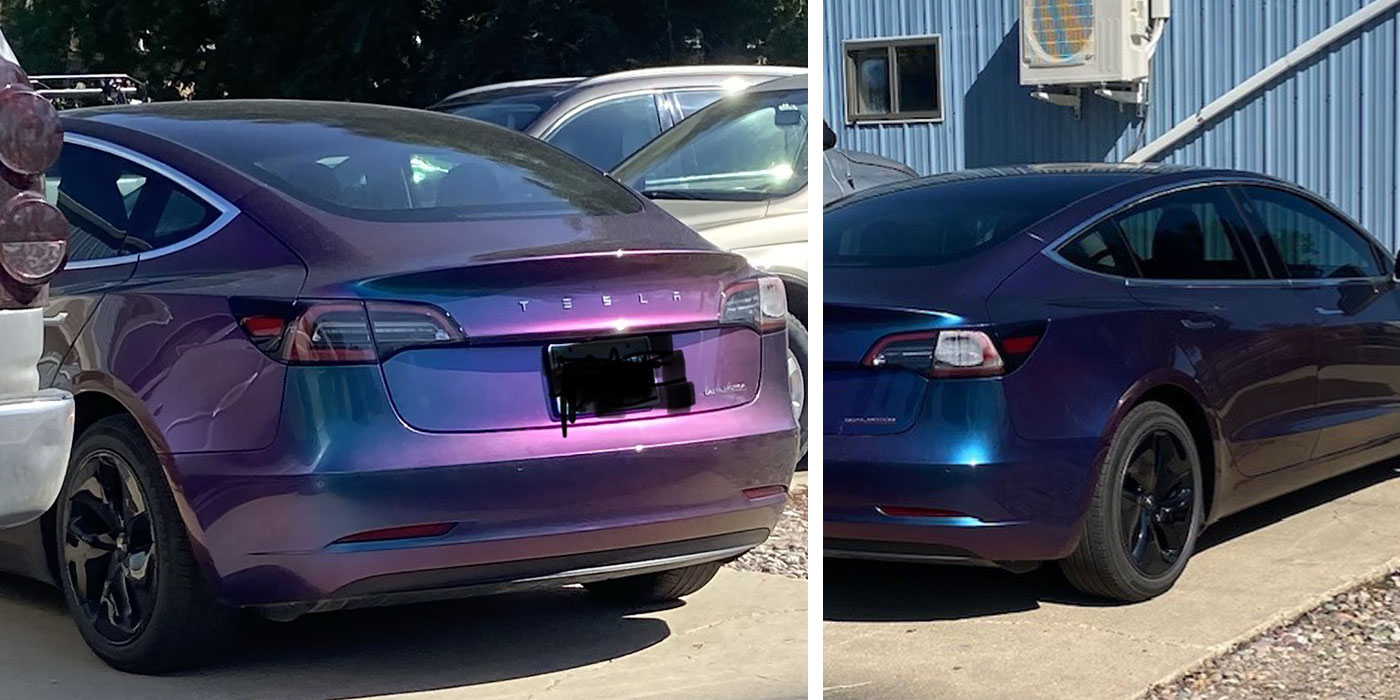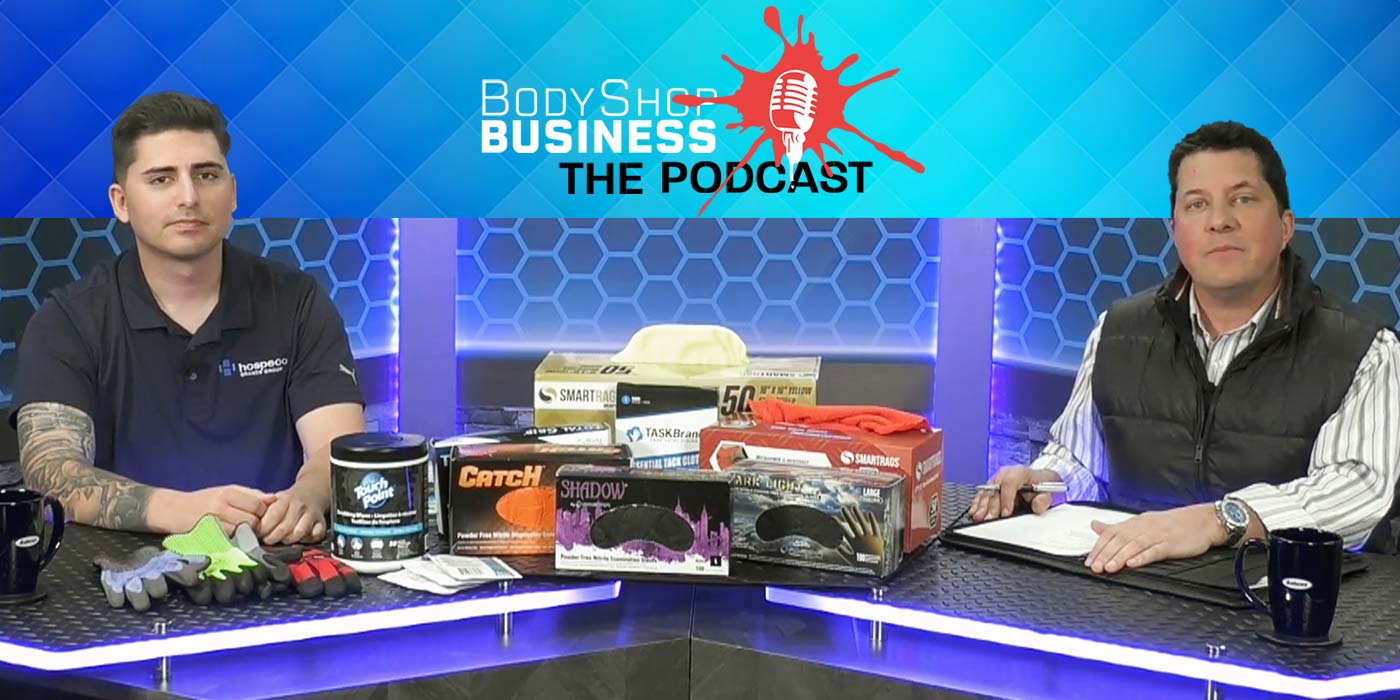We arrived in court with small claims documents and display paraphernalia in hand which consisted of a large sheet of corrugated cardboard cut into the actual size and shape of a 2005 Grand Prix hood, an old spray gun and a printed list of preparation procedures (see sidebar below).
My Charge
After being sworn in, the judge instructed all
interested parties to come forward to discuss the case. The amount I was seeking was $237.51 plus six percent interest and court costs. I charged the defendant, Progressive Insurance Co., with manually manipulating the prescribed refinish times of the repair manual software and subsequently reducing overall base refinish time by 3.5 hours on a job for which my software prescribed a total of 10.8 hours.
Since most estimating systems compute paint and paint-related components on a dollar figure times the number of paint hours, this time reduction resulted in a total dollar reduction of $254.66 from Progressive’s estimate as shown by the following calculation:
3.5 hrs. x $42.00 = $147.00 (labor)
3.5 hrs. x $26.00 = $ 91.00 (materials)
$238.00
$238.00 x 7% = $16.66 (sales tax)
$238.00 + $16.66 = $254.66 (total)
I explained that I use a slightly different technique for calculating paint and shop materials that consists of separate cost accounting software. This software calculates paint cost after the manufacturer’s name and color code are inserted and enables us to itemize shop supplies. This is a much more efficient and accurate method and is the reason for the $17.15 difference between the methods of billing…and actually represents a small savings for the insurance company.
The Defendant Speaks
Progressive’s main contention was that they had written their estimate and presented it to us and, since we had then proceeded to repair the vehicle, we should’ve accepted and honored their estimate as written instead of asking for more money after completing the job. They also maintained before the job was started that significant time could be saved because some panels were only going to be partially painted.
My response was that our contract is with the vehicle owner and we work from our own estimate, not from an insurance company’s. We are not in the habit of overriding our own estimating system in order to reduce the amount of time on a repair estimate just because the insurance company wants us to do so. Still, I explained that insurance companies are quite welcome to write their own estimates and that we’ll regard them merely as starting points.
When asked to explain my case further, I told the court that there are three main companies that provide crash estimating services and that I subscribe to CCC/Pathways, which in turn uses MOTOR flat-rate crash estimating as its information core. Also, I mentioned that CCC/Pathways is used by Allstate, Nationwide, Grange and State Farm, among other major insurance companies in my area.
Making My Case
I passed out typewritten sheets defining the
preparation procedures necessary for refinishing and the importance of cleaning and removing all wax, grease and silicones from the panels to be painted and the problems that could ensue if these steps aren’t taken. I noted that these were my own time increments assigned to each step but that the total equaled three hours – which is the time that MOTOR assigns as “base refinish time” for the hood panel, not including any “clearcoat” which would follow as an entirely separate
procedure.
I also noted that Progressive had reduced the base refinish time for the hood on their estimate to a mere 1.5 hours by manually overriding their estimating system.
My next step was to demonstrate the actual application of base color to the panel in question. I secured my cardboard “hood” and placed it on a small desk in the courtroom. Holding up the old spray gun, I explained that I had completed all of the preparation steps outlined, had mixed the paint and poured it into the gun and was ready to demonstrate base color application to the entire hood. I asked that everyone note the second hand on their watches and time me while I proceeded with the demonstration.
Creating my own sound effects, I slowly and deliberately “swished” paint across the right half of the hood, walked casually around to the opposite side and “swished” the left half, finishing with a nice deliberate stroke across each end.
Next, I asked everyone in the court how much time had elapsed, and they said 45 seconds.
“Forty-five seconds to apply one coat of base color to the entire hood!” I
said. “Let’s be generous and call it one
full minute.”
“Now, we need to wait five to seven minutes for dry or ‘flash’ time before applying the second coat,” I went on. “Let’s just wait the full seven minutes, again just to be generous, and that will make it a total of eight minutes for the first basecoat. Obviously the second coat will require another eight minutes, including tack off, and the final coat will require an additional minute for a total of seventeen minutes. Since we only deal in tenths of hours, let’s just be generous again and call it 18 minutes or three-tenths of
an hour.”
My next question was directed to the folks from Progressive: “Since the preparation and cleanup times are quite obviously the same whether painting the entire panel or only painting part of it, and I just proved to you that it takes eighteen minutes or less to paint the full panel, will you please explain to me how you can save an hour and a half when only painting part of the panel?”
Of course, they had no explanation other than a flurry of incoherent babbling about giving us full clearcoat time. I cautioned them sternly about mentioning clearcoat because this case had nothing to do with clearcoat; we were discussing base refinish time only.
Progressive then argued that the surface preparation and cleanup “time increment” allocations were of my own making and not necessarily taken from any authoritative source.
I agreed with them, stating, “Yes, you’re completely correct, but no matter how you cut it, I just proved to you that the basecoat spray application time is 18 minutes or less, so that means the preparation and cleanup time has to consist of 2.7 hours. And that figure is the same whether painting the entire hood or only partially painting or ‘blending’ it. Please remember, MOTOR is the authority that says the total is three hours.”
A Final Demonstration
The next step in my demonstration was to flip the cardboard “hood” over to reveal an area on the right front corner colored in chalk. I told the court that this represented the repaired and primed area, and I would proceed to show them how we “blend” or partially refinish a
repaired panel.
I also explained that this “blending” technique is important because, when matching new paint to existing color, it’s normal that some slight color variation will exist. Therefore, in order for this slight difference in color to go undetected, in this case between the hood and adjacent fenders, it’s necessary to employ a “blend” to gradually fade the new paint into the old color and then apply a clearcoat as a final and separate step.
I applied three coats of base color on the repaired area consisting of approximately ten seconds of elapsed time each and allowed each to dry for seven minutes. The total so far was 21.5 minutes. I told the court that while the third coat was drying I would add about 25 percent blending agent to the base color, explaining that this additive helps to keep the solids and metallic particles in suspension and also adds transparency to the base.
I then proceeded to recoat the repaired area a fourth time, plus expand the paint into a slightly larger area. Elapsed time: 15 seconds. A shorter dry time of five minutes would be sufficient for three more coats, each covering a progressively larger area each time until the entire hood was covered, with the final area along the right and left edges getting only one light transparent coat. Total time: 37 minutes.
I concluded my demonstration by declaring that I would actually be justified in charging more for blending within a repaired panel.
The judge said he would issue a finding in about a week, and he did. He rendered a five-page decision, finding in our favor. And shortly after the decision, Progressive sent me a check for the full amount, plus court costs and interest.
Rick Little is owner of Rick’s Auto Sales &
Service, Inc., in Coshocton, Ohio.
|
My Typical Refinish Procedure (For Complete Coverage)
Included operations: (in 10ths of hours)
Total MOTOR estimated basecoat refinish time for this panel: 3.0 hours. Total time allowed by Progressive for “modified” basecoat operation: 1.5 hours. NOTE: MOTOR doesn’t break down procedures by individual steps. (These steps and allotted time increments are my own.) |













